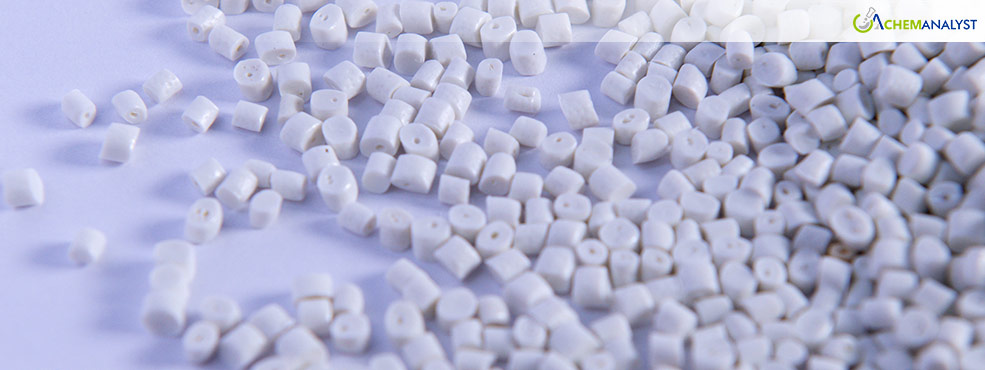Welcome To ChemAnalyst

Polyamide markets in China and the US showed contrasting trends for the majority of May 2025, influenced by the fluctuations in feedstock prices, demand, and trading patterns. While the Chinese market experienced a rollercoaster month of initial weakness before a subsequent regain and stabilization, the US market was relatively stable before weakening towards the end of the month. The direction of Polyamide market in both regions captured a conservative downstream situation and diverse supply-side reactions to shifting cost frames and trade indicators.
In China, Polyamide market started the month on a weak note as downstream demand sagged, and manufacturers grappled with squeezed margins from declining adipic acid prices. Buyers were cautious in undertaking bulk procurements because inventory levels remained high and consumption was slow, leading to a sluggish market. Even though the tariff relief between China and the US generated optimism, unsettled logistics issues such as persisting port congestion slowed export movement.
Mid-month, the market turned around as Polyamide prices went up on the strength of increasing feedstock prices and better demand from the plastics and polyurethane markets. Export demand also picked up slightly preceding the Dragon Boat Festival, and producers stood firm on prices even on moderate capacity utilization.
Though, by the final week of May, Polyamide prices stabilized with rising production levels and abating demand momentum as downstream buyers returned to cautious, need-based purchasing amidst lower industry participation around the holiday season.
Conversely, the US Polyamide market experienced flat prices throughout most of May, with low adipic acid prices and elevated inventories dampening upward pressure. Feedstock adipic acid prices were flat initially, leaving little scope for upward price movement. US production rates were reduced further to control oversupplied conditions, as the downstream automotive and nylon markets remained at lower-than-usual operating levels. While the short-term tariff delay was appreciated, it did not inspire immediate market action on account of continued trade and macroeconomic uncertainties.
By the end of the month, suppliers used discounts to sell through inventories, reducing Polyamide prices marginally. Failure to see solid demand points to sustained range bound movement in the immediate term.
Looking forward, the Polyamide market will likely be conservative both in the US and China. In China, the path will depend on recovery of post-holiday demand, trends in feedstock prices, and solution of delivery bottlenecks. In the US, without a substantial pickup in downstream consumption or shift in macroeconomic mood, Polyamide prices will likely remain under strain as producers persist with balancing production.
We use cookies to deliver the best possible experience on our website. To learn more, visit our Privacy Policy. By continuing to use this site or by closing this box, you consent to our use of cookies. More info.
